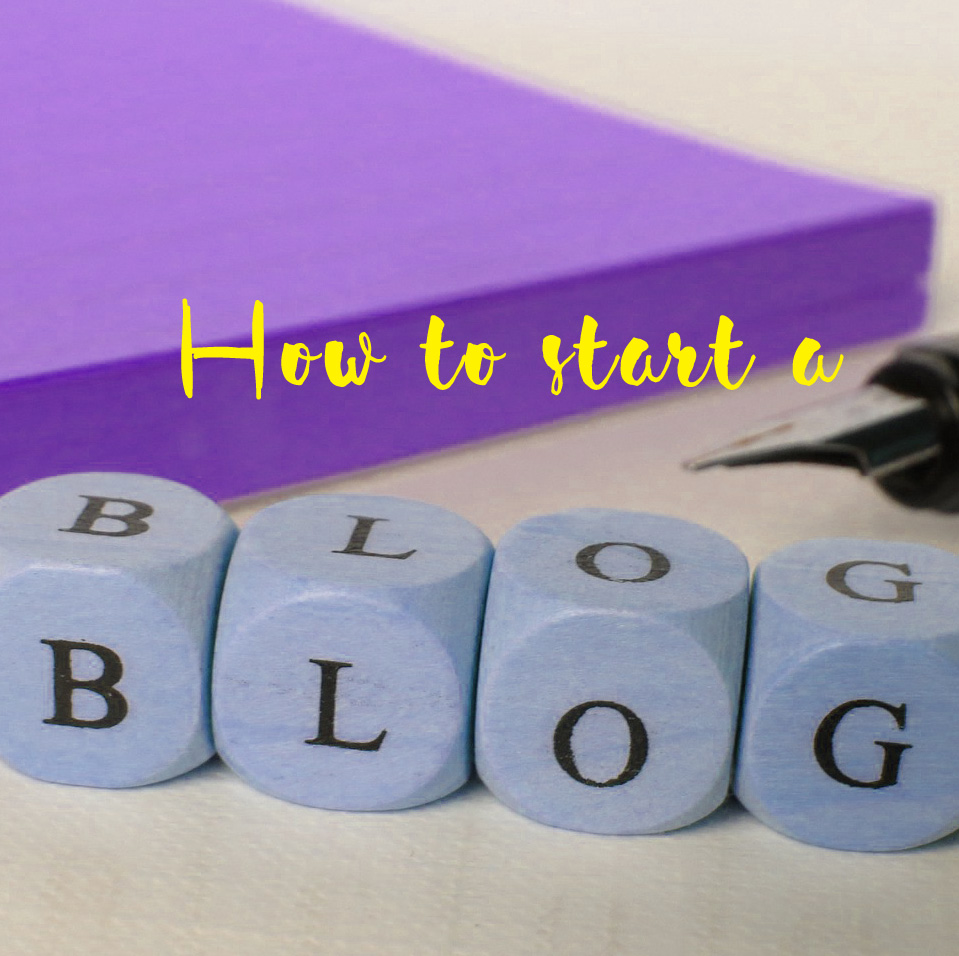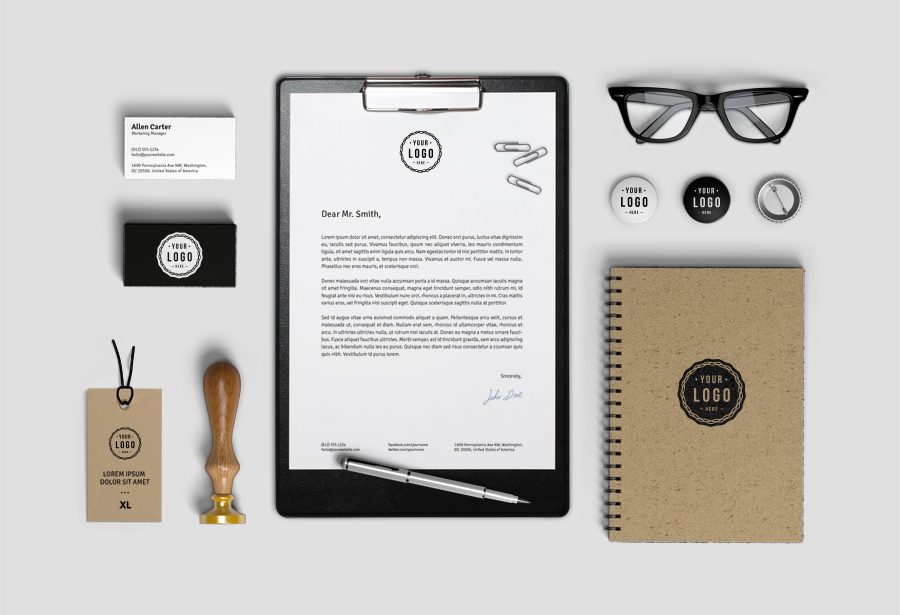Where do you start in order to launch a new blog successfully? Whether it is a personal project or a business tool, the launch of a blog needs to be carefully planned and researched if you don’t want to waste precious time and resources.
Born as a personal diary at the end of the 90’s, today the blog has become not only the communication channel favored by the ranks of digital influencers and contemporary tastemakers, but, in the age of content marketing and SEO, it is also an essential instrument for business growth.
Now more than ever, web and digital communication thrive on new ideas, but the world of blogs is also very competitive and crowded, therefore, to start with the right foot is very consequential. As the saying goes: “Well begun is half done” and a well planned set up for a new blog will definitely save several technical headaches down the line.
There are a lot of elements that contribute to the success of a blog, so I am dividing them in different post following the evolution of the project. In this post, I focus on the “pre-launch” preparations, namely:
- planning and content formatting
- choice of name
- choice of platform
1. Plan Content
The most important factors for the success of a blog are: originality, reliability and, especially in the beginning, continuity. Before you start writing it is a good idea to identify a specific niche, a unique space, an original point of view, according either to your interests and character, for a personal blog, or the nature of your business, for a corporate blog.
A blog is a bit like Cinderella’s slipper, all subjects -fashion, beauty, tech, cars, can be treated in countless ways, the crucial factor is to understand which one fits you best.
My advice when I start working on a new blog or a new site is look at your competitors, see what you like and consider how you can improve on it. This preparation work may seem tedious, however it is essential to understand the strengths and weaknesses of your competitors, and it is also a valuable source of inspiration.
At this early stage it is also important to sketch out an editorial calendar for at least the first month this will also help to outline the organization of the site into categories and to pick up the pace. This is also the time of writing the About page, an essential element to make highlight the uniqueness of your project to your readers.
2. Create a brand
Once the contents are clear, it is time to deal with the title. The title is the first element of your brand, it must communicate the personality and the contents of the blog in the most immediate way. Today, finding a suitable domain is not the easiest endeavor because the most popular and easy to remember domains are no longer available for registration. It is always better to look for a.com domain, because they continue to perform better in terms of SEO, that is the indexing of the site by search engines which in turn determines the rank on the search results pages (SERP).
Unless you are Kim Kardashian, I do not recommend the use of your personal name, but to choose something a more indicative of the contents and style of the site. The same name must be also available on social media: for Instagram and Twitter handles (the unique name preceded by @) or Facebook page, this consistency help readers to keep track of you on all social media channels, where they can help to distribute your information and therefore increase its reach. Engagement on social media channels is not only one of the most important functions of your content creation efforts but also an established measure of success.
The task of finding the right available name is easy but with a bit of creativity and patience it can be accomplished.
3.Choose a platform
The third key element to keep into consideration in order to start a blog successfully is the platform on which to publish, or in technical terms, the Content Management System (CMS). To warm up the engines you can choose one of the many free platforms and user-friendly that are available and point the domain (or a subdomain such as blog.mybusiness.com) that you have purchased on the assigned URL.
However, if you are planning for a long-term project, the possibilities narrow down considerably because some important factors come into play; such as:
- The possibility to customize the site, not just esthetically but also from the point of view of the functionalities needed. I’m talking about important tools like social sharing, comment moderation, the email notifications and subscriptions etc ..
- The ability to monetize your blog. Some free platforms already sell advertising space on your site to pay the costs for hosting it, so you won’t be able to make a dime from the ads published and clicked on your pages.
- Another key element to consider when choosing the CMS is content exportability. As your blog grows also the functionalities needed to manage it change. Sometimes it is the platform that hosts it that changes: new owners, new pricing policies, etc… therefore it’s better to keep your options open in case you decide to change platform. If the system is open source, your content can be exported and reloaded on another CMS, with relative ease. In case of proprietary However, in case of proprietary CMS, such as Wix, Squarespace, the transfer might not be at all easy with proprietary , in most cases it’s easier to start everything anew. Check the exportability issue before you decide which platform to use.
In conclusion: the platform most used by bloggers, and not only them, is WordPress, play it safe and start from there.
This post is the translation and adaptation of an article I wrote for Blogger We Want You on Grazia.it.



